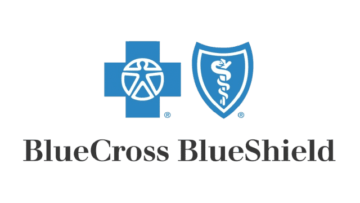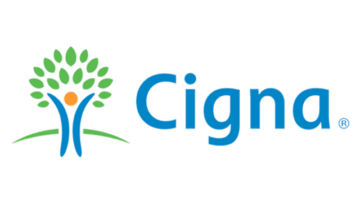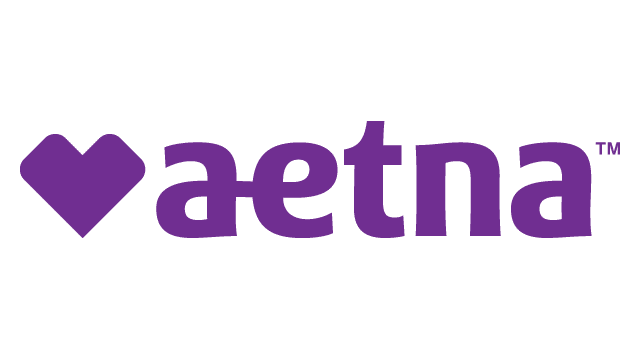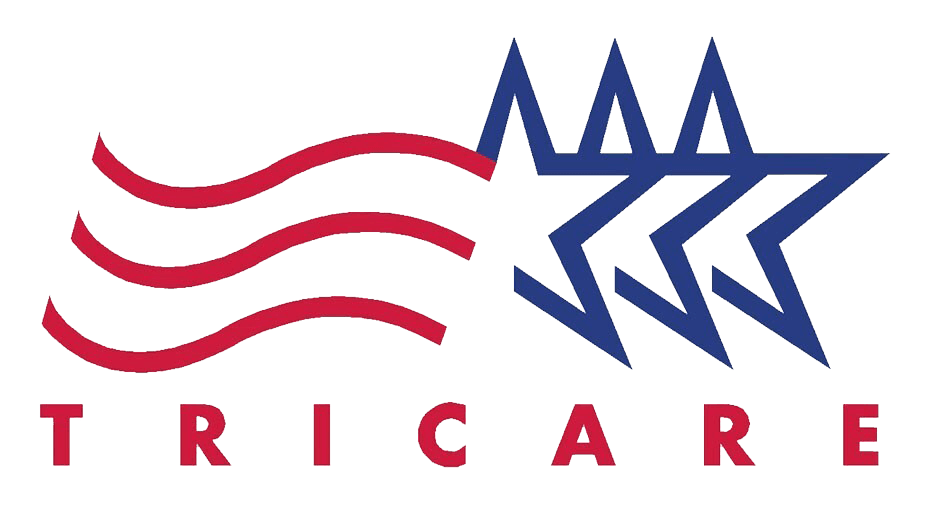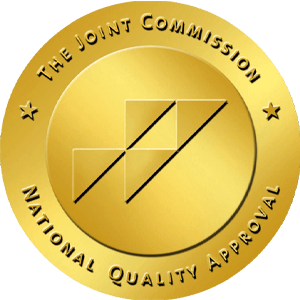In today’s hyper-connected world, the line between healthy technology use and problematic screen dependency has become increasingly blurred. The average American now spends over 7 hours per day looking at screens, with some individuals, particularly teenagers, spending upwards of 10-12 hours daily on digital devices. Our Screen Addiction Program is designed to help individuals regain balance and develop healthier technology habits.
At Omega Recovery, we’ve witnessed firsthand how digital devices, while offering incredible benefits, can also become sources of compulsive behavior that disrupt daily functioning, relationships, and overall well-being. The rapid evolution of technology has outpaced our understanding of its psychological impact, leaving many individuals and families struggling to maintain healthy boundaries.
If you’re wondering whether you or your child might benefit from a Screen Addiction Program, you’re already taking an important step toward understanding and addressing this modern challenge. This awareness represents the beginning of a journey toward healthier digital habits and improved overall quality of life.
Understanding Screen Addiction in the Digital Age
Screen addiction, also known as digital addiction or internet addiction disorder, encompasses a range of compulsive behaviors related to excessive use of digital devices and online platforms. Unlike substance addictions, screen addiction doesn’t involve ingesting chemicals, but it triggers similar neurological pathways in the brain’s reward system.
The constant stream of notifications, likes, comments, and digital rewards creates dopamine responses that can lead to dependency patterns remarkably similar to traditional addictions. Technology companies invest billions of dollars in research to make their products more engaging and harder to resist, using psychological principles that were originally developed to understand gambling addiction.
The symptoms of screen addiction can manifest differently across age groups. In children and teenagers, we often see declining academic performance, social withdrawal, sleep disturbances, and increased irritability when screen time is limited. Adults may experience similar symptoms, along with decreased work productivity, relationship strain, and neglect of personal responsibilities.
The COVID-19 pandemic significantly amplified these issues, as remote work, online schooling, and social distancing measures increased our collective reliance on digital devices. Many families found themselves struggling with screen time boundaries when devices became essential for work, education, and social connection simultaneously.
Recognizing the Warning Signs
Determining whether you or your child would benefit from a Screen Addiction Program requires honest assessment of current digital habits and their impact on daily life. This assessment process involves examining both the quantity and quality of screen time, as well as the emotional and behavioral responses associated with device use.
Warning signs include spending excessive amounts of time on devices, experiencing anxiety or distress when separated from technology, neglecting real-world relationships and responsibilities, using screens as the primary method of emotional regulation, and finding it difficult to control or reduce screen time despite negative consequences. The key distinction between normal technology use and problematic use lies in the loss of control and the continued engagement despite harmful consequences.
Physical symptoms can also indicate problematic screen use. These may include eye strain, headaches, poor posture, disrupted sleep patterns, and changes in appetite. The blue light emitted by screens can interfere with natural circadian rhythms, leading to difficulty falling asleep and poor sleep quality.
Mental health symptoms often accompany excessive screen use, including increased anxiety, depression, mood swings, and difficulty concentrating on non-digital tasks. Many individuals report feeling more anxious, irritable, or depressed when they attempt to reduce their screen time, which can indicate the development of dependence patterns.
Social symptoms might involve isolation from family and friends, decreased interest in previously enjoyed activities, and conflicts with others about screen time. When digital relationships begin to replace or significantly interfere with in-person connections, this often signals the need for professional intervention through a specialized Screen Addiction Program.
For children specifically, academic performance often serves as a key indicator. If grades are declining, homework is being neglected, or teachers report attention problems, excessive screen time might be a contributing factor. Parents may also notice changes in their child’s behavior, such as lying about screen time, sneaking devices into bedrooms, or becoming secretive about online activities.
Additionally, children who become aggressive or extremely upset when screen time is limited may be showing signs that warrant professional intervention through a specialized Screen Addiction Program. These intense emotional reactions often indicate that the child has become emotionally dependent on their devices for regulation and comfort.
The Unique Challenges Facing Different Age Groups
Screen addiction affects various age groups differently, requiring tailored approaches within any effective Screen Addiction Program. Understanding these developmental differences is crucial for selecting appropriate treatment strategies and setting realistic expectations for recovery.
Young children, typically ages 3-8, are particularly vulnerable because their developing brains are highly responsive to the immediate gratification that screens provide. Their prefrontal cortex, responsible for impulse control and decision-making, is still developing, making them especially susceptible to the compelling nature of digital content. Their addiction often centers around games, educational apps, and videos, and they may struggle with emotional regulation when screen time ends.
Tweens and teenagers face unique challenges as they navigate social media platforms, online gaming communities, and the pressure to maintain digital social connections. For this age group, screens often become intertwined with identity formation and peer acceptance, making intervention more complex. The fear of missing out (FOMO) and social comparison through digital platforms can intensify addictive behaviors.
Their addiction patterns frequently involve social media scrolling, online gaming, and consuming digital content that provides social validation. The teenage brain’s heightened sensitivity to social rewards makes platforms like Instagram, TikTok, and Snapchat particularly compelling and potentially problematic.
Adults dealing with screen addiction often struggle with work-related technology use that extends into personal time, social media comparison, news consumption, and using screens to cope with stress or emotional challenges. The boundaries between necessary technology use for work and problematic personal use can become blurred, requiring sophisticated intervention strategies that address both professional and personal digital habits.
Many adults also find themselves caught in cycles of mindless scrolling, using devices to avoid difficult emotions or situations, which can interfere with sleep, relationships, and personal goals.

How Screen Addiction Programs Work
A comprehensive Screen Addiction Program addresses the multifaceted nature of digital dependency through evidence-based therapeutic approaches. These programs recognize that screen addiction is rarely about the technology itself, but rather about underlying emotional, psychological, or social needs that individuals are attempting to meet through digital engagement.
These programs typically begin with thorough assessment and evaluation, examining not only the extent of screen use but also underlying mental health conditions, family dynamics, and environmental factors that may contribute to addictive behaviors. This comprehensive evaluation helps treatment professionals develop individualized treatment plans that address each person’s unique circumstances and recovery needs.
Treatment approaches within a Screen Addiction Program often incorporate cognitive-behavioral therapy, which helps individuals identify triggers for excessive screen use and develop healthier coping mechanisms. This therapeutic approach teaches participants to recognize thought patterns and emotional states that lead to compulsive device use, while providing practical strategies for managing these triggers.
Family therapy components address how digital device use affects family relationships and communication patterns. Many families find that screen addiction has created significant tension, with arguments about device use becoming a primary source of conflict. Family therapy helps establish healthy boundaries, improve communication, and create supportive home environments that promote recovery.
Group therapy sessions provide peer support and shared experiences that can be particularly valuable for teenagers and young adults. Participants often find comfort in knowing they’re not alone in their struggles and can learn from others who have faced similar challenges. The group setting also provides opportunities to practice social skills that may have deteriorated during periods of excessive screen use.
Many programs also include digital literacy education, teaching participants about how technology companies design products to capture attention and create dependency. This education empowers individuals to make more conscious choices about their digital consumption and helps them understand that their struggles with screen time are not personal failures but responses to carefully engineered products.
Mindfulness training helps develop awareness of impulses and emotional states that lead to compulsive screen use, while stress management techniques provide alternative methods for emotional regulation. Participants learn to pause and assess their motivations before reaching for devices, developing greater conscious control over their digital habits.
Additionally, many programs incorporate experiential activities that help participants rediscover interests and hobbies that don’t involve screens. These might include art therapy, outdoor activities, sports, music, or other creative pursuits that provide fulfillment and enjoyment without digital stimulation.
The Benefits of Professional Intervention
Participating in a structured Screen Addiction Program offers numerous advantages over attempting to address screen dependency independently. Professional programs provide expert guidance from therapists who understand the complex psychological aspects of digital addiction. They offer structured environments that support behavior change while providing accountability and ongoing support throughout the recovery process.
These programs also address co-occurring mental health conditions that often accompany screen addiction, such as anxiety, depression, ADHD, or social anxiety disorder. Many individuals use screens as a way to self-medicate underlying emotional or psychological challenges, and comprehensive treatment addresses these root causes rather than simply focusing on symptom management.
Family involvement is another crucial benefit of professional Screen Addiction Program services. Digital addiction affects entire family systems, and programs that include family therapy and education help create supportive home environments that promote healthy technology use for all family members.
Choosing the Right Program for Your Needs
Selecting an appropriate Screen Addiction Program requires careful consideration of individual needs, family dynamics, and practical factors. Programs vary in intensity and format, ranging from outpatient counseling sessions to intensive outpatient programs (IOP) and residential treatment options. The right level of care depends on the severity of the addiction, the presence of co-occurring mental health conditions, and the individual’s motivation for change.
Intensive Outpatient Programs (IOP) represent a middle ground between traditional weekly therapy sessions and residential treatment. These programs typically involve multiple therapy sessions per week, often lasting several hours each, while allowing participants to maintain their work, school, or family responsibilities. IOPs can be particularly effective for screen addiction because they provide intensive support during the critical early stages of recovery while allowing individuals to practice new skills in their real-world environments.
Partial Hospitalization Programs (PHP), also known as day treatment programs, offer the most intensive level of outpatient care. PHPs typically involve 6-8 hours of treatment per day, 5-7 days per week, providing comprehensive therapeutic support that rivals residential treatment while allowing participants to return home each evening. For individuals with severe screen addiction or significant co-occurring mental health conditions, a PHP can provide the structured environment and intensive therapeutic support needed for successful recovery without the complete life disruption of residential treatment.
When evaluating potential programs, consider the qualifications and experience of the treatment staff, particularly their expertise in digital addiction treatment. Look for programs that use evidence-based treatment approaches and offer comprehensive assessment processes. The availability of family therapy services and aftercare planning are also important factors, as sustainable recovery requires ongoing support and skill development.
For many individuals and families, starting with an IOP or PHP can provide the intensive support needed to establish new patterns while maintaining important life responsibilities. These programs often serve as stepping stones, with participants potentially transitioning from a PHP to an IOP as they develop stronger coping skills and demonstrate progress in their recovery. The structured schedule and peer support available in these intensive programs can be particularly beneficial for teenagers and young adults who may struggle with the accountability required for less intensive treatment options.
Geographic location and scheduling flexibility may influence your choice, especially for families with work and school commitments. Some programs offer virtual therapy options, which can be particularly valuable for individuals in rural areas or those with transportation challenges. However, ensure that any virtual components are balanced with opportunities for real-world social interaction and activities.
Creating Sustainable Change Beyond Treatment
The goal of any effective Screen Addiction Program extends beyond simply reducing screen time to creating lasting lifestyle changes that support overall well-being. This involves developing new habits and interests that provide fulfillment and enjoyment without relying on digital devices. Programs often help participants rediscover physical activities, creative pursuits, and social connections that may have been neglected during periods of excessive screen use.
Relapse prevention planning is a crucial component of comprehensive treatment, as the ubiquity of digital devices in modern life makes complete avoidance impossible. Instead, programs focus on developing skills for healthy technology use, recognizing early warning signs of problematic patterns, and implementing strategies for maintaining balance over time.
Taking the First Step
If you recognize signs of screen addiction in yourself or your child, reaching out for professional help demonstrates strength and commitment to positive change. A Screen Addiction Program can provide the tools, support, and guidance necessary to develop a healthier relationship with technology while addressing any underlying issues that may be contributing to addictive behaviors.
At Omega Recovery, we understand that every individual’s relationship with technology is unique, and we’re committed to providing personalized, compassionate care that addresses the specific needs of each person we serve. Our comprehensive Screen Addiction Program combines evidence-based treatment approaches with ongoing support to help individuals and families reclaim control over their digital lives and rediscover the joy of authentic, meaningful connections and experiences. Whether through our Intensive Outpatient Program (IOP) or Partial Hospitalization Program (PHP), we provide the level of care that matches each individual’s unique circumstances and recovery needs.
Remember, seeking help for screen addiction isn’t about eliminating technology from your life entirely—it’s about learning to use digital tools in ways that enhance rather than detract from your overall well-being and life satisfaction. The journey toward healthy technology use begins with recognizing the problem and taking that crucial first step toward professional support and recovery. For more information, visit our website https://omegarecovery.org/ or call us at (512) 601-5407.
